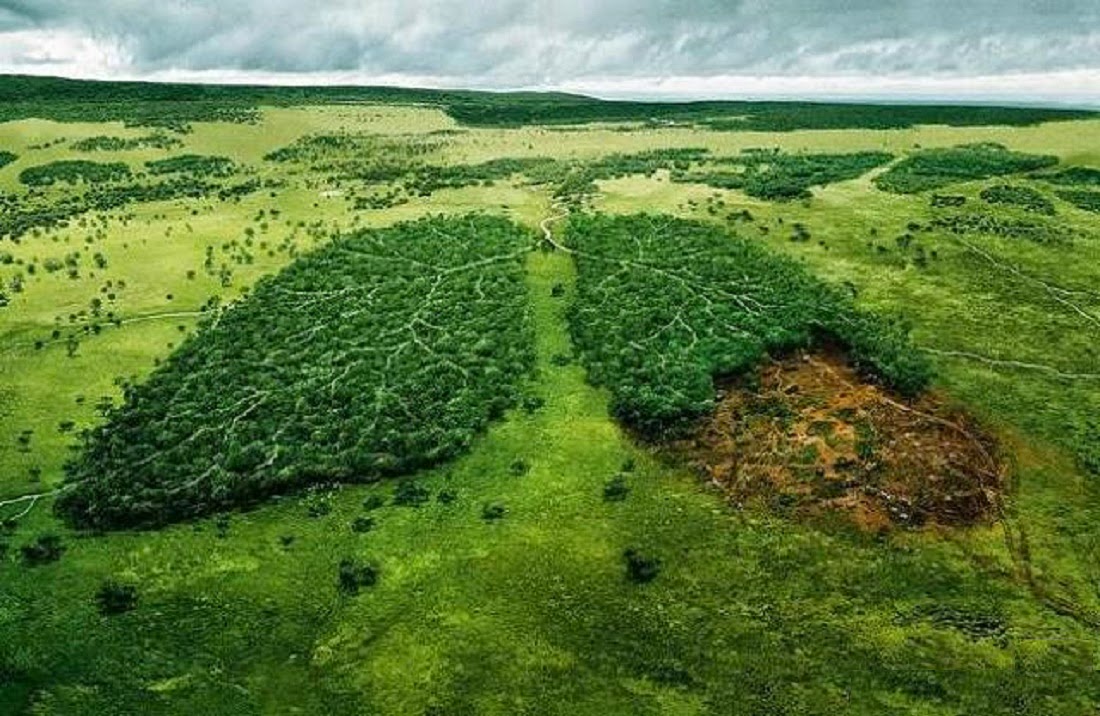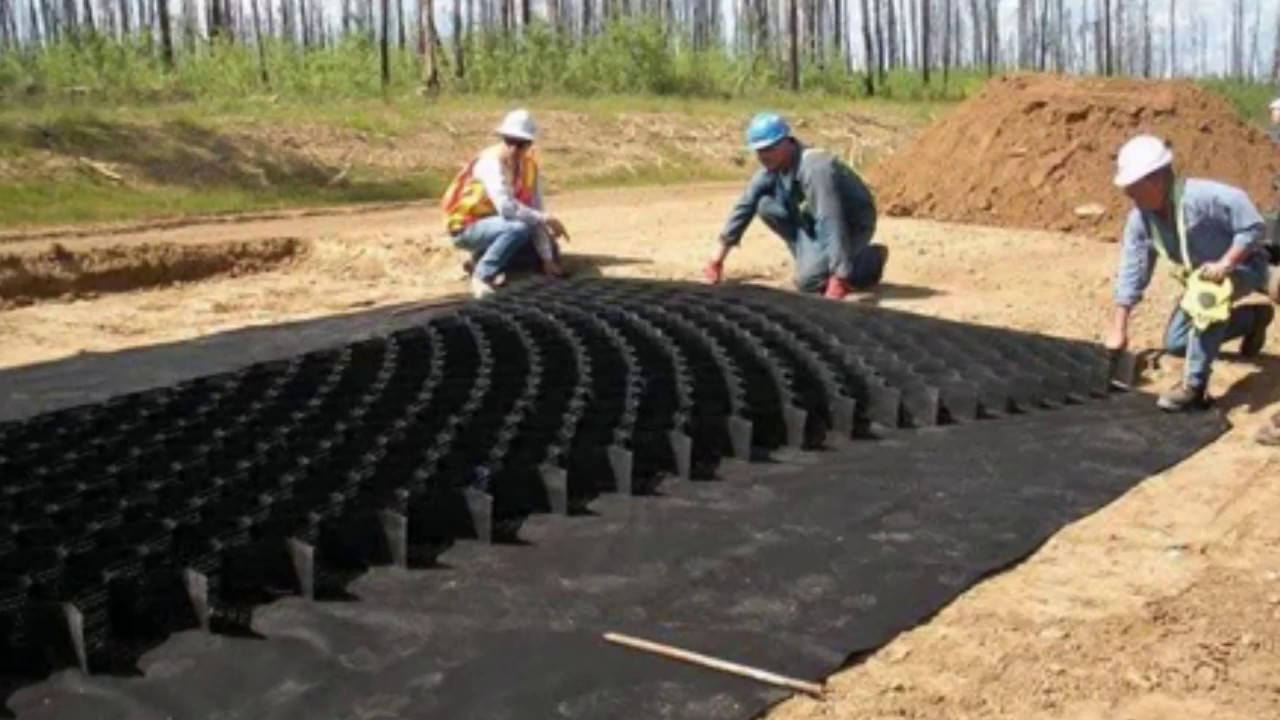In this manuscript the role of tropical forests useful to reduce the global warming and to improve respiratory health is focalized. Tropical forests cover less than 10 per cent of all land area (1.8 × 107 km2) and over half of the tropical-forest area (1.1 × 107 Km2) is represented by humid tropical forests (also called tropical rainforests).
The Amazon basin contains the largest rainforest on Earth, almost 5.8 million km2, and occupies about 40% of South America; more than 60% of the basin is located in Brazil and the rest in Bolivia, Colombia, Ecuador, French Guiana, Guyana, Peru, Suriname and Venezuela. Over the past decade the positive role of tropical rainforests in capturing large amounts of atmospheric carbon dioxide (CO2) has been demonstrated.
In response to the increase in atmospheric CO2 concentration, tropical forests act as a global carbon sink. Main body: Accumulation of carbon in the tropical terrestrial biosphere strongly contributes to slowing the rate of increase of CO2 into the atmosphere, thus resulting in the reduction of greenhouse gas effect. Tropical rainforests have been estimated to account for 32–36% of terrestrial Net Primary Productivity (NPP) that is the difference between total forest photosynthesis and plant respiration.
Tropical rainforests have been acting as a strong carbon sink in this way for decades. However, over the past years, increased concentrations of greenhouse gases, and especially CO2, in the atmosphere have significantly affected the net carbon balance of tropical rainforests, and have warmed the planet substantially driving climate changes through more severe and prolonged heat waves, variability in temperature, increased air pollution, forest fires, droughts, and floods. The role of tropical forests in mitigating climate change is therefore critical.
Over the past 30 years almost 600,000 km2 have been deforested in Brazil alone due to the rapid development of Amazonia, this is the reason why currently the region is one of the ‘hotspots’ of global environmental change on the planet.
Prof.Gennaro D’Amato
scaricare WAOJ-D’Amato-Forests2017 (1)




